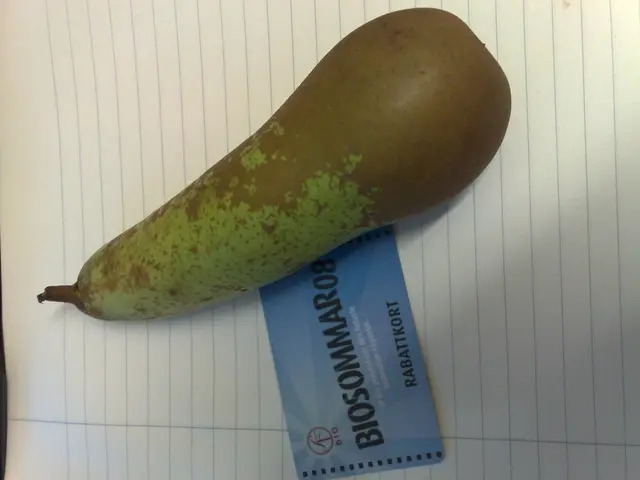Reduced budget allocation by £8.9 billion announced by the government
In the face of an uncertain economic outlook, Thailand's Finance Minister Pichai Chunhavichira has proposed budget cuts totaling 8.92 billion baht for the 2026 fiscal year. The aim is to prioritize efficiency, align spending with government priorities, and maintain fiscal stability amid an expected economic slowdown.
The proposed budget, totalling 3.78 trillion baht, is currently under consideration by the House of Representatives. The cuts are targeted at slow-moving programs across ministries and agencies, focusing on relevance to current national strategies, cost-effectiveness, and measurable performance, while protecting essential public services. The savings are also intended to be redirected towards urgent needs and emergency expenditures.
Weera Theeraphatranon, a member of the budget committee, has expressed concern about the reliance on deficit budgeting for the 2026 fiscal year, with a projected deficit of 860 billion baht and revenue put at 2.92 trillion baht. Mr. Weera questions the assumptions underlying these projections, particularly the forecast for Thailand's economy to grow between 1.3% and 3.3% in the next fiscal year. He believes that actual economic growth is likely to fall below these estimates.
The budget revisions aim to align government spending with national priorities, strategic plans, and current economic realities. The government's strategic plans, including the national strategy, national economic and social development plan, and other frameworks, were taken into account in the revision. The committee's revisions are guided by the need for fiscal discipline and good governance.
Funds have been reallocated to several key areas. The Digital Government Development Agency, the Fiscal Policy Office, the Department of Empowerment of Persons with Disabilities, and the central fund for emergency or contingency reserves are among the recipients of these reallocated funds.
Sirikanya Tansakun, a list-MP from the People's Party, has suggested a more cautious fiscal stance due to the fragile state of the economy. She uses the metaphor "saving our ammunition" to emphasize the need for fiscal caution in times of economic uncertainty. Ms. Tansakun proposes budget cuts during periods of economic crisis and border tension as a necessary measure.
The changes reflect the evolving economic landscape, suggesting the economy in the 2026 fiscal year may slow more than previously anticipated. The fiscal discipline demonstrated by cutting inefficient spending and safeguarding essential services contributes to long-term fiscal stability. This approach may strengthen investor and public confidence in government financial management.
However, concerns remain about off-budget government spending through state-owned banks, which could undermine fiscal transparency. The slight increase in overall budget expenditure combined with a focus on debt repayments indicates an effort to manage public debt sustainably despite economic uncertainties.
Maintaining a balance between stimulus and discipline will be critical to avoid excessive deficit expansion that could raise borrowing costs or limit future fiscal flexibility. The budget’s emphasis on efficiency and inclusiveness, along with responses to local needs, can improve public service impact and might support economic resilience during downturns.
In summary, Pichai Chunhavichira’s budget cuts for 2026 aim to optimize public spending efficiency while safeguarding essential services amid an uncertain economic outlook, striving to maintain fiscal stability. The modest deficit budget implies ongoing challenges; its success will depend on careful implementation and addressing transparency concerns to secure Thailand’s fiscal future.
The budget revisions aim to optimize public spending efficiency, focusing on relevance to current national strategies, cost-effectiveness, and measurable performance, while protecting essential public services (follows from the text by mentioning cuts are targeted at slow-moving programs across ministries and agencies).
The proposed budget, under consideration by the House of Representatives, is designed to align government spending with national priorities, strategic plans, and current economic realities (follows from the text by stating the budget revisions aim to align with national priorities, strategic plans, and economic realities).




